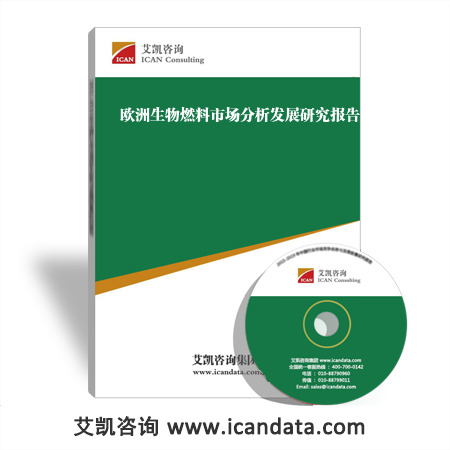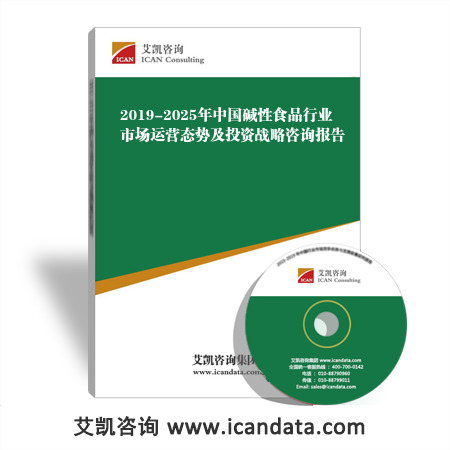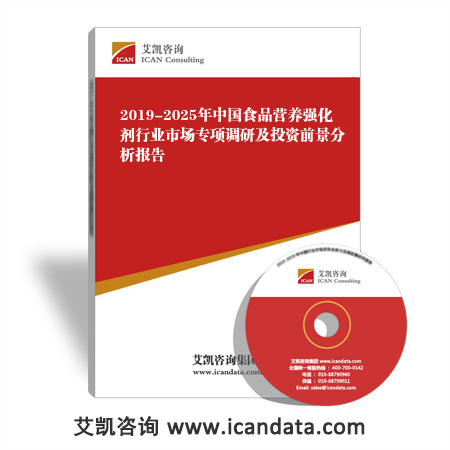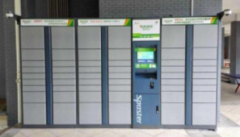数据来源与研究方法:
- 对行业内相关的专家、厂商、渠道商、业务(销售)人员及客户进行访谈,获取最新的一手市场资料;
- 艾凯咨询集团对长期监测采集的数据资料;
- 行业协会、国家统计局、海关总署、国家发改委、工商总局等政府部门和官方机构的数据与资料;
- 行业公开信息;
- 行业企业及上、下游企业的季报、年报和其它公开信息;
- 各类中英文期刊数据库、图书馆、科研院所、高等院校的文献资料;
- 行业资深专家公开发表的观点;
- 对行业的重要数据指标进行连续性对比,反映行业发展趋势;
- 通过专家咨询、小组讨论、桌面研究等方法对核心数据和观点进行反复论证。
报告简介:

摘要
Overview
Introduction
By assessing production and imports of biofuel, in addition to service station and vehicle numbers in selected national markets, this brief considers the availability of the fuel. It also assesses the drivers for consumer demand for biofuels, including current taxation policies. Vitally it examines how this has changed over the last 12 months.
Scope
-
Detailed analysis on the consumption of biofuels in nine EU States and how this has changed over the last 12 months
-
Insight into how Europe's production base for biofuels has suffered due to imports and the extent to which its refining capacity is being dismantled.
-
An overview of how biofuels are faring in the light of competition from other alternative fuels such as CNG, LPG and electricity
Report Highlights
The lack of fiscal incentives for biofuels has had a significant impact on sales. Sales of high-blended biofuels have suffered in particular as they have lost their price advantage against regular petrol and diesel. Falling demand for these stronger blends has also been a factor in a number of biofuel producers going bankrupt.
Europe's production base for biofuels has also been severely affected by the large increases in US imports to Europe. The disparity in the subsidies received by US biofuel producers versus EU producers, in addition to the increase in 'splash and dash' imports, has caused many to cease trading and to sell their machinery abroad.
Despite the growing popularity of other fuels such as LPG and CNG, biofuels will remain the core alternative fuel in the future. Whereas CNG and Autogas have gained a significant share in some markets, the use of biofuels has been enshrined in legislation and they will ultimately be blended into every liter of road fuel sold in Europe.
Reasons to Purchase
-
Gauge where biofuels have achieved the highest share of their respective road fuel markets and understand where investments should be made.
-
Understand how the lack of fiscal incentives has had a negative effect on both the demand and production of biofuels.
-
See which fuel retailers offer high blends of biofuels such as E85 and B100 and understand the reasons why they have chosen to do this.
目录及图表
|
DATAMONITOR VIEW |
1 |
|
CATALYST |
1 |
|
SUMMARY |
1 |
|
SOURCES |
1 |
|
ANALYSIS |
2 |
|
Although sales of low blended biofuels remain strong, demand for B100 and E85 is weak |
2 |
|
Biofuels have been more successful in Germany than in any other European market |
2 |
|
Germany is the only country where sales of B100 account for a substantial part of the market |
3 |
|
Contrary to all other European markets, E85 has been a success in Sweden |
4 |
|
In Portugal, low blends of biodiesel account for all biofuels placed on the market |
5 |
|
Historically, biodiesel has accounted for all biofuel consumption in Austria |
6 |
|
Consumption of biodiesel has been growing rapidly in France |
7 |
|
Almost all biofuels placed on the Dutch market are in E5 or B5 form |
8 |
|
In Spain, biodiesel has been the principal driver of biofuels consumption over the last two years |
9 |
|
Low blends of biodiesel account for over two thirds of biofuel sales in the UK |
10 |
|
Biodiesel is the only biofuel that is used as a road fuel in Italy |
11 |
|
In some European markets, the temporary financial incentives for using biofuels have expired |
12 |
|
In some EU states, fiscal incentives to use biofuels have been reduced |
12 |
|
The expiry of tax benefits for biofuels has had a particularly negative effect on demand for high blends |
13 |
|
Subsidies on the production of biofuels in the US have had a negative effect on the European production base |
14 |
|
France, Germany and Spain are all major producers of bioethanol |
14 |
|
The production of biodiesel varies significantly across Europe |
15 |
|
European biofuels producers have been damaged by the subsidies provided to US producers |
16 |
|
As a result of US imports, European producers of biofuels have spare capacity |
17 |
|
Idle capacity is having a negative impact on biofuel producers' finances |
18 |
|
Nevertheless, biodiesel production capacity is continuing to increase across Europe indicating that companies will continue to suffer |
19 |
|
Fuel retailers should also seek to invest in refining capacity for second generation biofuels |
20 |
|
Despite the wide range of flex-fuel vehicles on the European market, take-up has been slow |
21 |
|
Low blends of biofuels are currently widely available across Europe |
22 |
|
Sweden aside, lack of demand high blends of ethanol has limited its availability at the pump |
23 |
|
Sweden has the highest number of service stations selling E85 |
24 |
|
In most markets, high blends of biodiesel are mainly sold through independent distributors |
25 |
|
Although biofuels will continue to be the main alternative fuel, fuel retailers should keep abreast of developments in other alternatives |
26 |
|
LPG has grown significantly in popularity due to the relatively low associated costs |
26 |
|
In Italy and Sweden, CNG vehicles are popular with a significant proportion of motorists |
27 |
|
Although the use of electric vehicles remains limited, they have become highly popular in some densely populated areas |
28 |
|
Although other technologies will continue to develop, the EU directive will ensure that biofuels continue to be the main alternative fuel |
29 |
|
APPENDIX |
30 |
|
Further reading |
30 |
|
Ask the analyst |
30 |
|
Datamonitor consulting |
30 |
|
Disclaimer |
30 |
|
List of Figures |
|
|
Figure 1: Biofuels accounted for 6.6% of total road fuel consumption in Germany in 2007 |
2 |
|
Figure 2: In 2007 sales of B100 represented half of all biodiesel sales in Germany |
3 |
|
Figure 3: E85 accounted for 19% of all biofuel sales in Sweden in 2007 |
4 |
|
Figure 4: Biofuels account for 3.4% of total road fuel in Portugal in energy terms |
5 |
|
Figure 5: Austrian sales of biofuels represented 3.4% of road fuel in 2007 |
6 |
|
Figure 6: In France, biofuels account for 3.3% of total road fuel in energy terms |
7 |
|
Figure 7: In 2007, biofuels accounted for 1.5% of all road fuel in the Netherlands |
8 |
|
Figure 8: In Spain, biofuels accounted for 1.2% of total road fuel sales in 2007 |
9 |
|
Figure 9: UK sales of biofuels represent 0.8% of total road fuel in energy terms |
10 |
|
Figure 10: In Italy, biofuels represent 0.51% of all road fuel in energy terms |
11 |
|
Figure 11: Reductions on duty exemptions for biofuels have been curtailed in four European markets |
12 |
|
Figure 12: France produced 600 million liters of bioethanol in 2007 |
14 |
|
Figure 13: Germany and France are the biggest producers of biodiesel |
15 |
|
Figure 14: In 2007 there were 5.23 billion liters of spare biodiesel production capacity across Europe |
17 |
|
Figure 15: Between 2007 and 2008 Germany added one billion liters of biodiesel refining capacity |
19 |
|
Figure 16: Blending obligations have been the principal drivers for fuel retailers offering low blends of biofuels |
22 |
|
Figure 17: Currently, E85 stations exist in only eight European countries |
24 |
|
Figure 18: Germany is the only EU state with a significant number of public service stations selling high blends of biodiesel |
25 |
|
Figure 19: LPG vehicles have become especially popular in Poland where they represent 16% of the total car parc |
26 |
|
Figure 20: In Italy, CNG vehicles have gained at 1% share of the car parc |
27 |
|
Figure 21: Electric vehicles are most popular in Sweden and Norway |
欧洲生物燃料
















